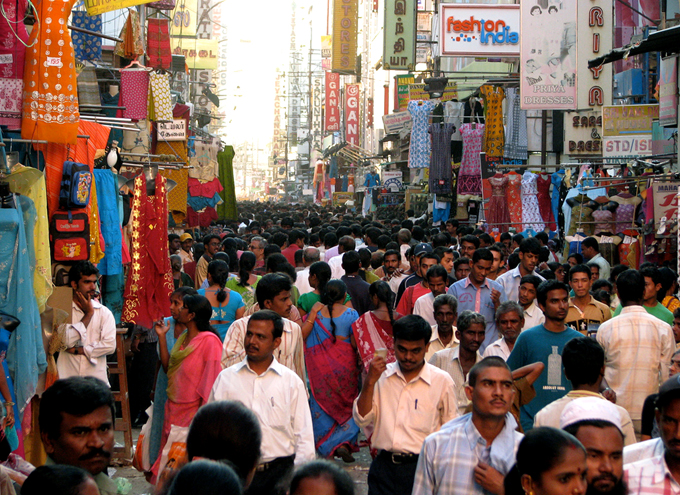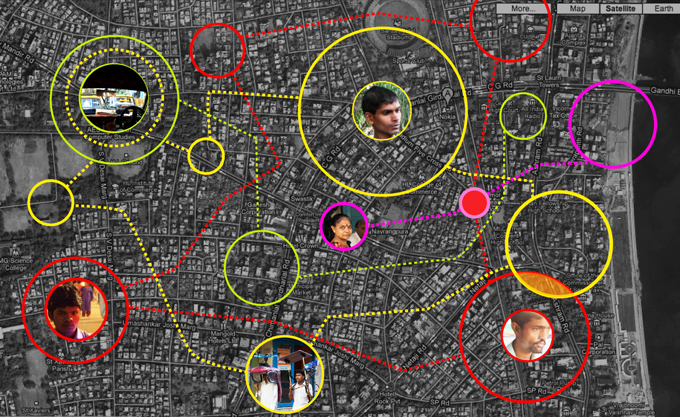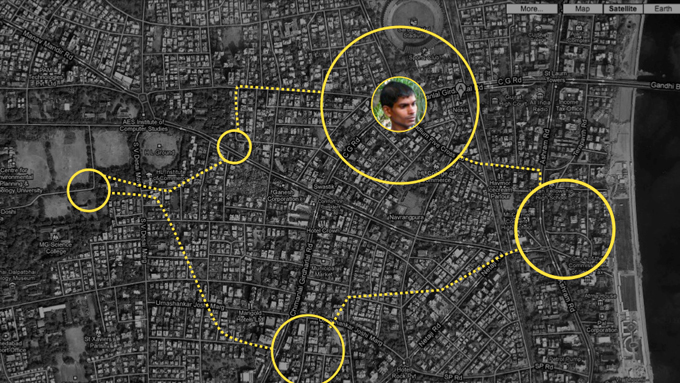Over the next months while the Design with the Other 90%: CITIES exhibition is on display at the United Nations Headquarters in New York several individuals whose own research explores the exhibition’s subject matter have been invited to write blog entries sharing their insights, related research and projects. – Cynthia E. Smith, Curator of Socially Responsible Design, Cooper-Hewitt, National Design Museum
By 2030, 40% of India's population will be urban-dwellers. That's 590 million people, up from 350 million in 2011, with the combination of internal migration and population growth placing serious stress on urban infrastructure.

In meeting the challenges raised by an urban future, much attention has been paid to regional master plans and the 'smart city', where large corporations fight for the right to implement their own bundle of technological fixes. We believe that such top-down solutions are short-sighted. In seeing like a town planner, working solely from metrics and quantitative datasets, actors miss the nuances of local meaning and vernacular practice.
Instead, we take a closer look at India's informal economy. As a first step, we jump into an auto-rickshaw. The rickshaw wallah (worker) has entertainment covered: the latest Bollywood tunes blare out of the speakers, a bonus service that keeps you up to date with the latest hits. A corner shop has borrowed their neighbor's television cable to set up a TV booth. If you visit the barber for a shave, you can listen to market updates on the shop radio. The paanwallah sells you tobacco, but he'll also update you with the latest real estate tips. Among the stalls of street food, the horoscope machine of a 'robot wallah' holds your future in its tiny, painted hands.

The wallahs and wallihs show the reach of India's street entrepreneurship. Those who sell you a service also pass on information about property markets and cricket scores. Their information might not be efficient or personalized, but these wallahs comprise an important service infrastructure; as human networked-data-nodes that connect communities, traversing a unique path through the city.
India's smart city already exits. This is an elastic city, resilient and supremely adaptable, with flexible nodes stretching and shifting to accommodate changing techno-social landscapes. A map that would normally look ‘boring’ suddenly becomes far more intriguing, as we populate it with the nodes and providers who service – and constitute – the elastic city.


As part of our Superflux Lab activities, we are exploring the design and development of appropriate tools to facilitate rapid change in India. Eventually, we hope this work will allow city-dwellers to act on an environment where service providers demonstrate entrepreneurial savvy under messy, organic conditions.
by Anab Jain, Justin Pickard and Jon Ardern, Superflux
All image credits: Superflux, unless otherwise noted